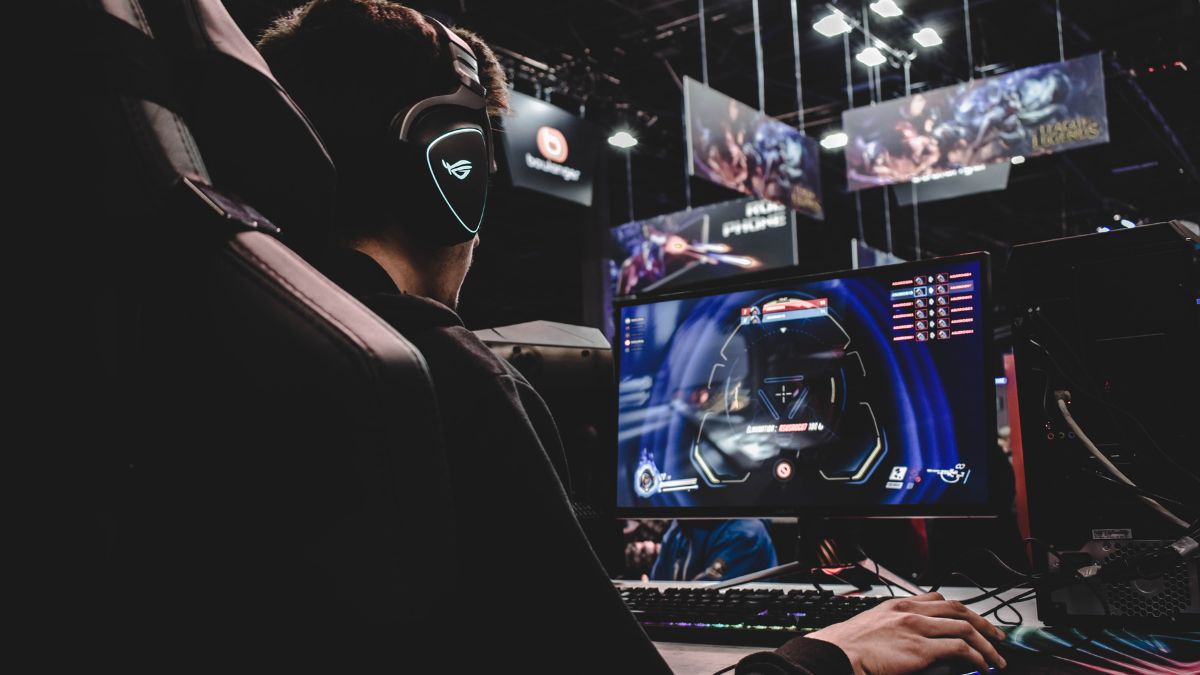8 Ways AI is Changing Your Gaming

Artificial Intelligence (AI) is revolutionising all areas of life, including simple pastimes like gaming. Avid gamers are constantly searching for ways to enhance their overall experience, which is why they pump money into high-end hardware, peripherals, and comfort. However, they often don’t consider what’s poured into the games themselves, like AI.

Promoting Healthy Gaming Habits
Gamers spend hours sitting still and playing their favourite games, but this isn’t always good for their health. Fortunately, the power of AI can help games learn about behaviours and offer reminders to take a break. When it comes to ones that work with real money, like games found at online casinos, AI can be used to promote sensible gambling and provide positive experiences.
Decisions Impact Game Reactions
In many games, you can do almost anything you like without having an impact on non-player characters (NPCs). However, thanks to AI, the gaming experience has become much more realistic. For example, in Red Dead Redemption 2, your actions in the world have a direct impact on how NPCs react to you. Even if your shirt is covered in blood or your character is dirty, NPCs will comment on your appearance.
Pathfinding
A game’s world is one of the most important aspects, and pathfinding helps to get from point A to any other location. As you navigate through the landscape, the game’s AI is capable of learning from your actions, techniques, and general play style to create a world around this. In practice, if you play aggressively, you may find that enemies in games find you much quicker or take you by surprise.
Mining Data
Thanks to AI, game studios can collect accurate players’ usage data, which allows them to improve the player experience. In particular, they can see which parts of a game receive the most interaction, how the game is played, and where people stop playing a game. Having this information allows gaming platforms to improve overall gameplay and realize monetisation strategies.
NPCs
We’ve already spoken a lot about NPCs, and that’s because AI is most used here. If you’ve ever played a game, you will find characters that exist to facilitate gameplay and they act as though humans controlling them. In reality, the game’s AI is behind the steering wheel, and it uses decision trees to do this.
Cheating
You may think cheating is reserved for human players, but games use AI to “cheat” and present more of a challenge. For example, if you’re playing a racing game, computer-controlled drivers will often hit speeds that you’ll never reach. If games didn’t cheat, you’d become bored quickly.
Improves the Excitement Factor
There are many different types of AI used in games, like nondeterministic behaviour. When games utilise this type of AI, nobody can predict what will happen during a game, and that includes the developers. The benefit of using nondeterministic behaviour is to create an experience with plenty of replay value, which keeps you hooked without boring you.
Difficulty Level Altering
Traditionally, when you choose a difficulty level at the beginning of a game, every experience is locked to that mode. However, not everybody is the same, meaning people get stuck at different parts of the game. This all changes when AI is introduced because it’s able to learn as you play, allowing it to alter the difficulty in real-time.
Artificial intelligence enhances gameplay without you even realising it, which is why it’s so fascinating when you dig beneath the surface. The areas of improvement outlined above are only the beginning – the possibilities are endless when it comes to AI in gaming.
